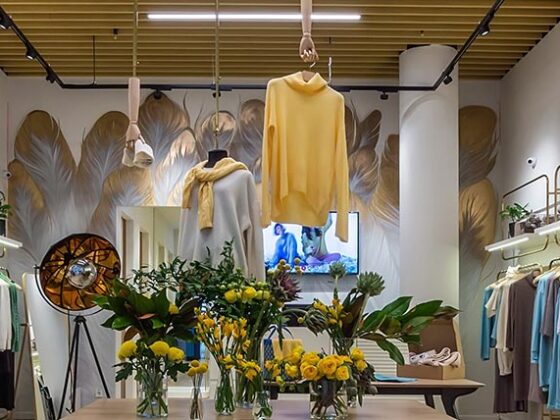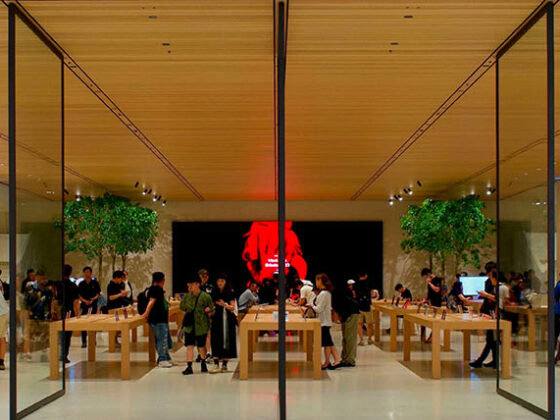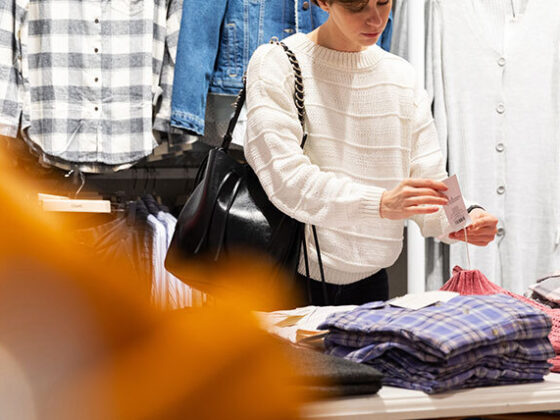Fashion and apparel brands with unorthodox business models are shaking up the industry, challenging the status quo, and creating exciting new opportunities for consumers and retailers alike. From degrowth principles to the persistent rise of subscription e-commerce, we explore a few innovative, fashion-forward brands changing the face of the industry.
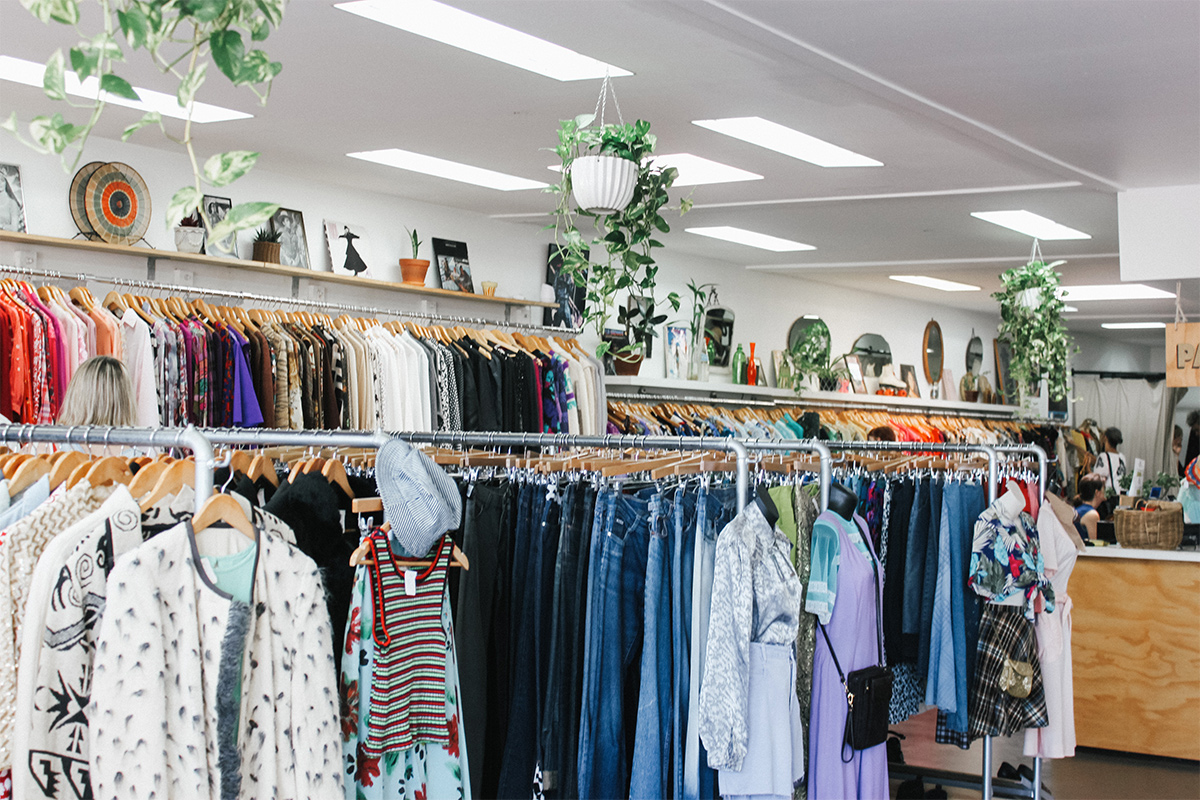
Modular Fashion
The fashion industry is constantly evolving, and one of the latest trends to take the industry by storm is modular fashion. This concept involves creating clothing that has detachable components, enabling a piece of clothing to have an extended life cycle.
Fashion brand Buhndi has embraced this trend by allowing customers to create multiple looks from a single garment. For example, customers can purchase a base garment that matches all the blueprints and add-ons available. As new blueprints are launched, customers can keep building their look, reducing the number of clothes they purchase and extending the life of their wardrobe.
WGSN, a trend forecasting platform, has identified modular fashion as one of the top five trends for the next decade, attracting and empowering customers who are looking for a more sustainable and cost-effective choice.

Accessible Fashion Styling
Stitch Fix is a popular online personal styling service that uses data and technology to curate a personalized selection of clothing and accessories for its customers. The company’s business model revolves around leveraging algorithms and human stylists to create a unique and customized shopping experience for each customer.
Stitch Fix‘s business model combines technology and human expertise to offer a personalized shopping experience for its customers, which is both convenient and enjoyable. By leveraging data analytics and machine learning, the company can provide a tailored selection of clothing and accessories that match each customer’s style and preferences, while also allowing them to try items at home and providing valuable feedback to improve future selections.

Degrowth Principles
Degrowth is a concept that involves a managed reduction of the economy to bring it in line with planetary boundaries and meet climate goals. It has recently entered the mainstream sustainability lexicon, and some fashion brands are embracing this approach.
Early Majority, an outerwear brand, operates on a community-driven membership model and applies degrowth principles to its designs to create functional garments that can be worn anytime, anywhere.
In a Vogue Business article, founder Hoy Howard said the brand aims to create clothing that is not only sustainable, but is also functional and fashionable.
“The functionality and aesthetic of each garment should be able to take you from the bike to the boardroom, or from the bar to the backcountry, and the brand’s community member fees will eventually contribute more to overall revenues than product sales,” he said.
This approach aligns with degrowth principles, which aim to reduce consumption and promote a more sustainable way of living. While some view degrowth as a radical concept, many scientists believe it is necessary to meet climate goals.
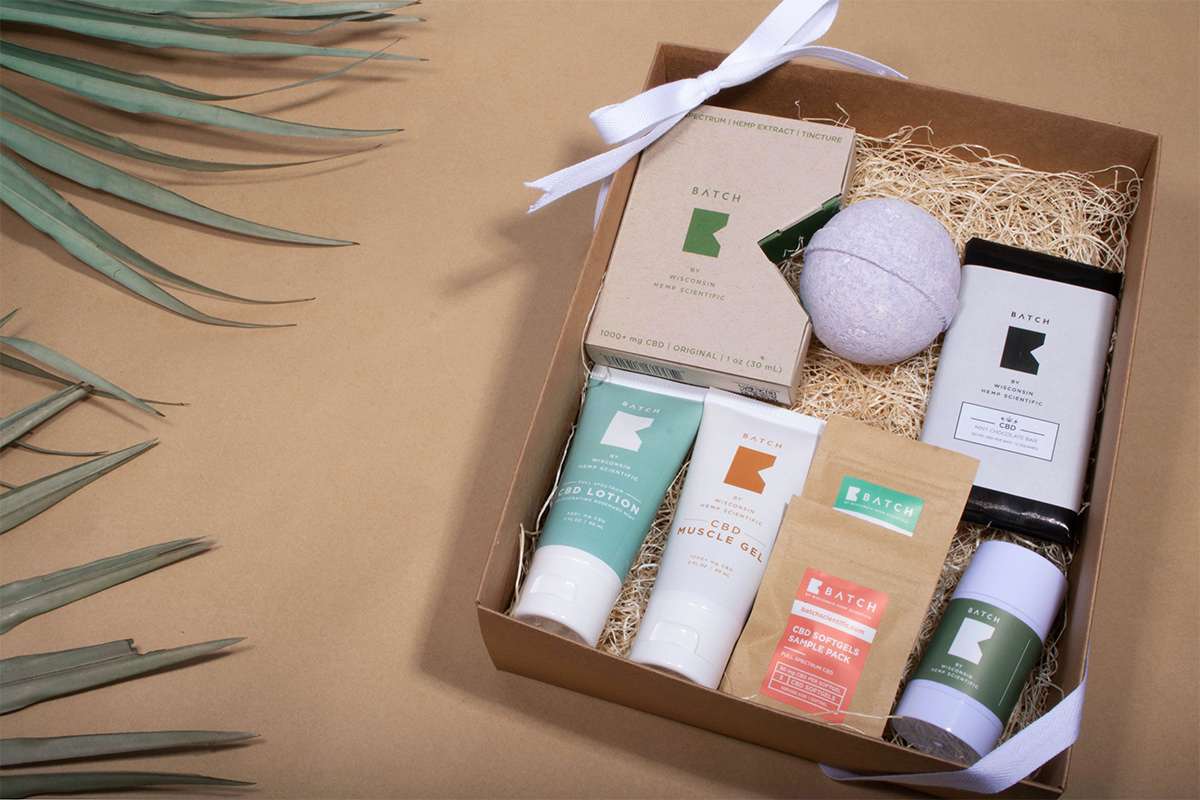
Subscription eCommerce
Subscription commerce is growing at an exponential rate. In fact, the global subscription e-commerce market size was expected to hit just over $120 billion in 2022. It’s expected to reach more than $900 billion by 2026.
Subscription commerce allows customers to sign up for a recurring delivery of a particular product or service, such as clothing, beauty products or food. Brands use data and analytics to personalize the subscription experience. This model increases revenue through upselling or cross-selling relevant products.This approach not only increases customer loyalty but also helps brands to reduce inventory costs and better manage their supply chain.
At one point, many of us participated in subscription ecommerce (think back to our magazine and newspaper subscription days). However, subscription ecommerce has evolved into a solid strategy for other types of retail brands to reach a broader range of customers. In fact, subscription brands grew their customer base by 31% in 2021.
Some of the most popular subscription brands on the market include FabFitFun, which has nearly 200 million subscribers and sends them curated boxes of six to eight full-size items of the customers’ choosing. Digital content subscriptions like MasterClass has 1.5 million subscribers and provides video lessons taught by professional instructors and offers a special section of classes on design and style.
One advantage of the subscription commerce model is that it creates a predictable revenue stream for brands. Instead of relying on one-time purchases, brands can rely on a steady stream of revenue from recurring subscriptions. This allows brands to invest in product development, marketing and customer service to improve the overall subscription experience.

Clothing Rental
Rent the Runway is a clothing rental service that allows women to rent designer dresses and accessories for special events or everyday wear. The brand’s business model is based on the idea that women can rent high-quality clothing at a fraction of the cost of purchasing it. By renting rather than buying, consumers can enjoy the latest fashion trends without having to worry about the high cost of ownership.
Rent the Runway has also recently launched a subscription service called “Unlimited,” which allows users to rent up to four pieces of clothing or accessories at a time for a monthly fee. This subscription model allows the brand to offer an even more affordable and convenient option for customers who want to keep their wardrobes fresh and up-to-date.
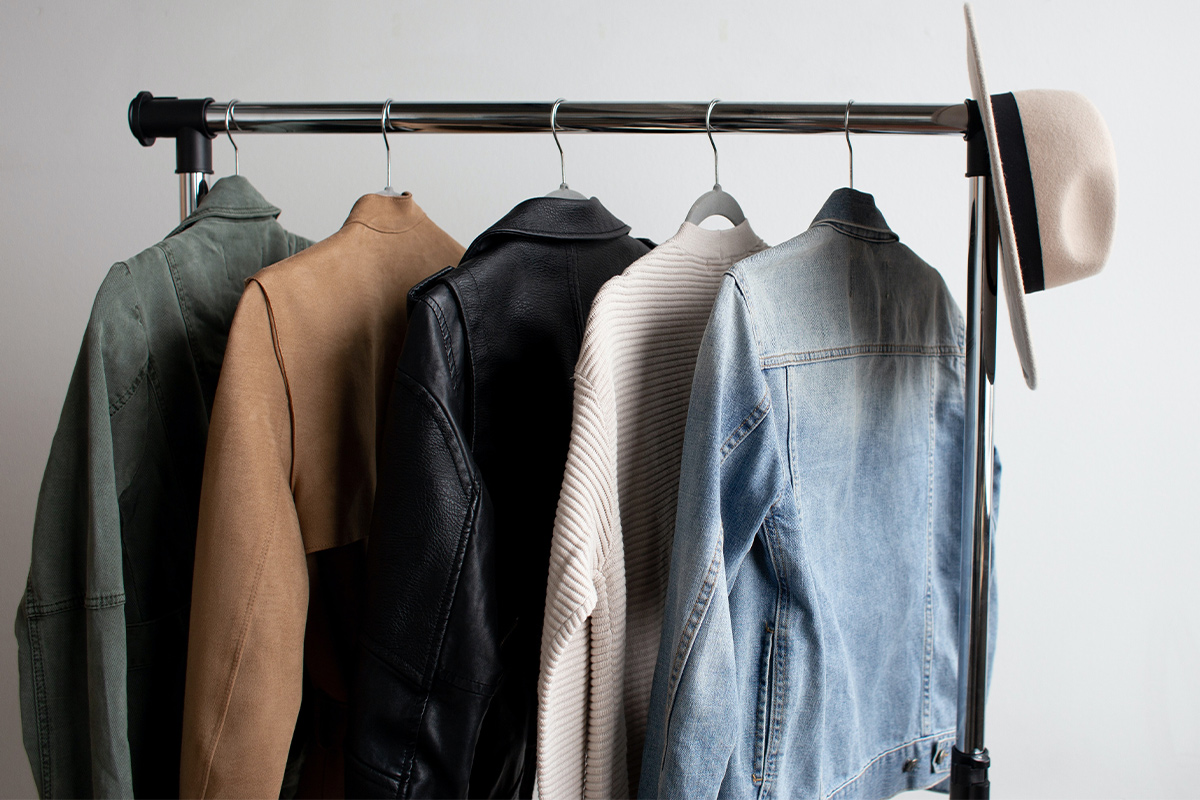
Secondhand Treasures
There’s the saying, “One man’s trash is another man’s treasure.” More and more retail platforms are embracing this wise advice–and building a brand in the process.
Thredup is a large online retail platform for women’s and kids’ apparel, shoes and accessories that allows consumers to buy and sell secondhand clothing. The company’s business model is based on the growing trend of consumers shifting their spending toward secondhand clothing, which is gaining market share at the expense of fast fashion, department stores and luxury brands.
A recent study found that the global apparel resale market hit $182.4 billion in 2022. That same research found that resale has grown 25 times faster over the past five years than the retail clothing market.
So how can companies profit from this business model? Thredup attracts high-quality supply without directly spending money to acquire sellers. Sellers choose Thredup’s managed marketplace to conveniently clean out their closets and earn a payout that can be received in the form of cash, Thredup online credits, select RaaS partner credits or a charitable donation receipt.
Unique Models will Continue to Emerge
While traditional business models still dominate fashion, there are several unique business models that are gaining popularity among brands. By leveraging technology and innovation, fashion brands can create a unique value proposition for their customers, which sets them apart from the competition.
These models offer flexibility, convenience, and sustainability, which are key factors that modern consumers are increasingly prioritizing. As fashion brands continue to experiment with new business models, we can expect to see more disruption and innovation in the industry, leading to more personalized, sustainable, and customer-centric fashion experiences.


